
About Oaks (home) | Map | Plant List | Cultivar/Species Information | Sources | Other Campus Oaks of Interest
Latin Name: Quercus palustris
Common Name: Pin Oak
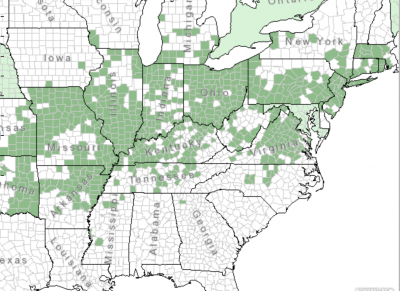
Cultivar:
Family: Fagaceae
Division: Red
Native Range: New Jersey south to Virginia and west to eastern Kansas and Oklahoma (north into NY, CT; south into NC, TN AR)
Introduced: before 1770
Sun/Shade: sun
Height: 60' - 70' × 25' - 40'+
Form: pyramidal with central leader, more oval with age; lower branches pendulous, middle horizonatal, upper ascending
Zones: 4 - 8
Flower: Catkins. "Male flowers are produced on twigs of the preceding year in the form of drooping catkins; they are yellowish green and about 1½-4" long. Female flowers are produced on leafy shoots of the current year in the form of short spikes less than ¾" long; there are 1-4 female flowers per spike. Each male flower has several stamens, while each female flower has an ovary with 3 stigmata." (Illinois Wildflowers)
Leaves: 3" - 6", 5 - 7 pointed lobes, bristle-tipped, deeply-cut—almost to the midrib—U-shaped sinuses, terminal lobe long, dark green above, lighter green below
Fall Color: bronze or red in fall, variable
Fruit: Acorn. Solitary or clustered, very small, light brown, hemispherical, thin reddish-brown cap covers only ¼.
Buds: Sharply-pointed, 1/8 - 1/4"
Bark: Grayish-brown, smooth when young, developing shallow ridges and furrows with age
Wildlife: larval host plant for many butterflies, moths, and skippers; acorns are food for birds both large and small, and mammals from black bears to mice. Deer browse on twigs and foliage of young trees. Nesting habitat for many bird species, notably wetland colony-nesting birds like herons and egrets. Older trees provide nesting and den opportunities for for cavity-nesting birds and tree-dwelling mammals.
For detailed information about insect associations, see Illinois Wildflower's Quercus palustris page.
Disease issues: None serious.
Cultural Uses: Delaware tribe, infusion of inner bark for intestinal pains. (Tantaquidgeon, Gladys, 1972, Folk Medicine of the Delaware and Related Algonkian Indians, Harrisburg. Pennsylvania Historical Commission Anthropological Papers #3, 30. Dr. Tantaquidgeon was a medicine woman of the Mohegan people.)
Folklore:
Notes: The most popular landscape oak in the eastern U.S., despite possible foliar chlorosis in iron-deficient alkaline soils. Typically found in bottomland hardwood communities.
Where to find Quercus palustris in Maxwell Arboretum: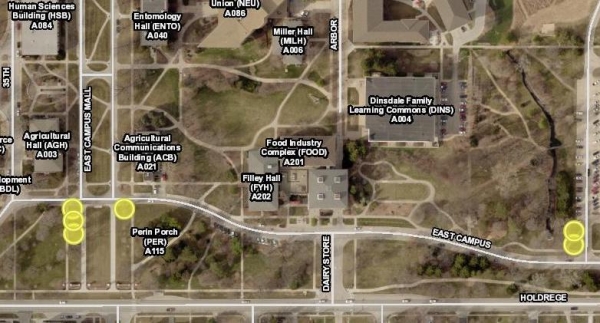
←Previous Oak → NEXT OAK
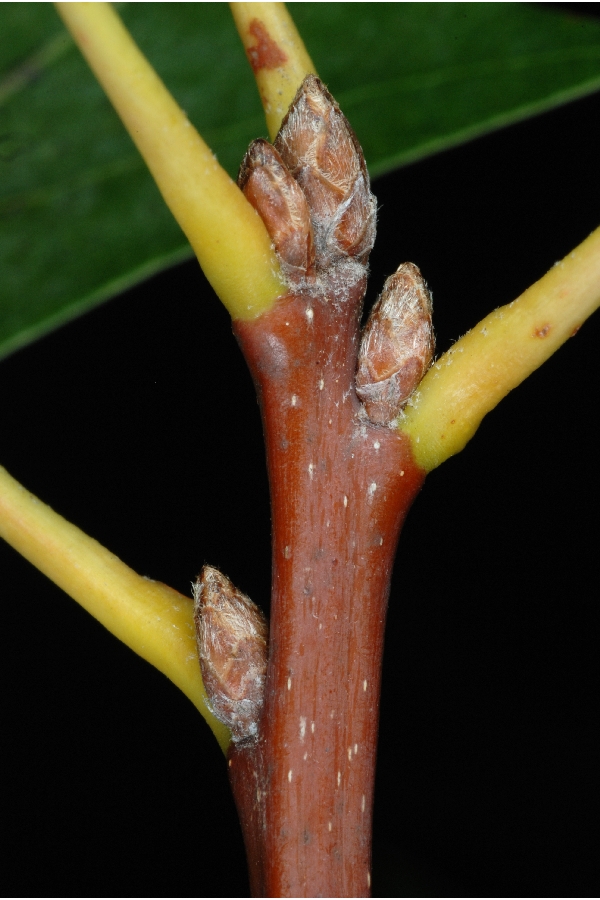
Buds and Twig
Doug Goldman, USDA NRCS National Plants Data Team (NPDT), United States, North Carolina, Guilford Co., Greensboro. 10/3/2011. Provided By USDA NRCS National Plants Data Team (NPDT)
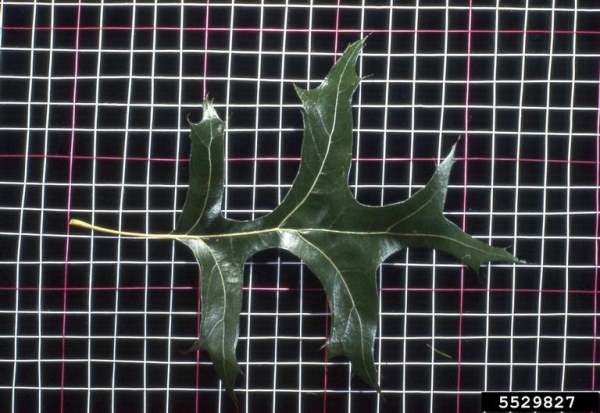
Leaf
T. Davis Sydnor, The Ohio State University, Bugwood.org
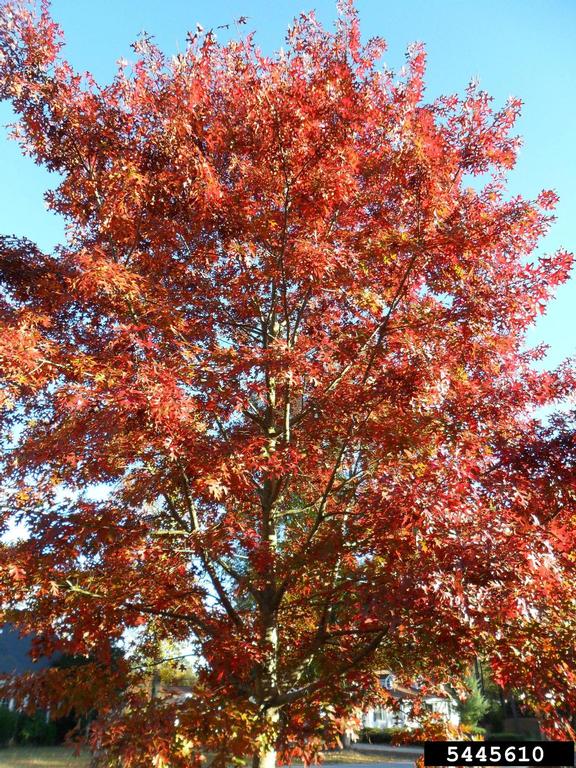
Fall Color
David Stephens, Bugwood.org
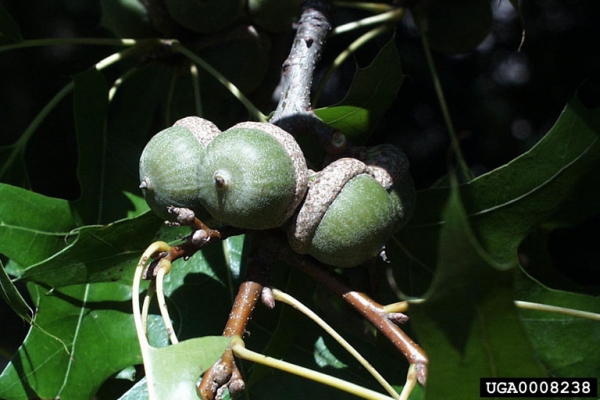
Acorns
Paul Wray, Iowa State University, Bugwood.org
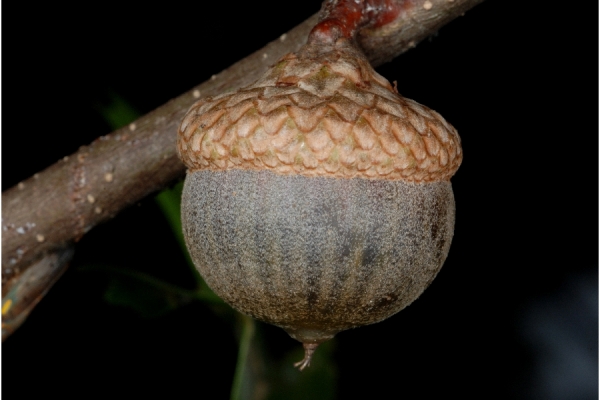
Doug Goldman, USDA NRCS National Plants Data Team (NPDT), United States, North Carolina, Guilford Co., Greensboro. 10/3/2011. Provided By USDA NRCS National Plants Data Team (NPDT)